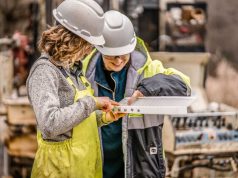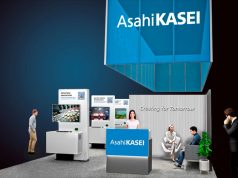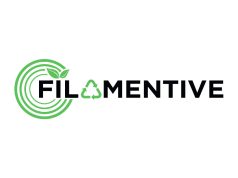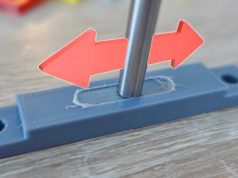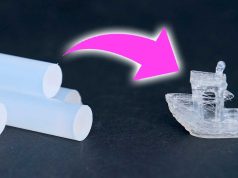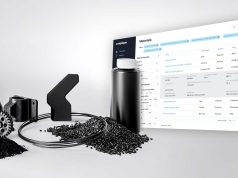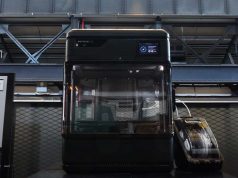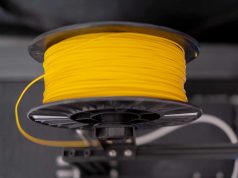In order for the metal industry to remain competitive, more sustainable production is a necessary and important step. The VARETIT project (Multiple VAlorisation of REcycled TITanium Alloys for Metal Industry) and Danish Technological Institute focus on this particular goal – and here, 3D printing plays a significant role in illustrating the possibilities for recycling titanium scrap.
The demand for titanium is steadily increasing, since the material – with its many positive properties – can be used for a variety of purposes. An unresolved problem, however, is that titanium is energy-intensive, as manufacturing requires many machining processes. Usually, titanium is machined into chips, so it requires an effort to adapt the material to the desired shape. In this process, a large part of the material will be removed and leave the process as titanium leftovers.
To prevent the leftovers from ending up as waste, the VARETIT project is researching the possibility of recycling the titanium leftovers without remelting them.
In addition to making the handling of titanium scrap less energy-intensive, the project also supports the increased requirement that all larger companies have in being able to document how energy-intensive their various products are to manufacture, says Anders Bæk Hjermitslev, project manager at the Danish Technological Institute.
“The purpose of the VARETIT project is to illustrate that you can actually use titanium scrap. Ideally, we would like to see that it can also be adopted by the industry once it has been demonstrated in the project.”- Anders Bæk Hjermitslev, Danish Technological Institute.
Newly developed titanium powder is tested at Danish Technological Institute
In order to be able to recycle the titanium leftovers, it is necessary to grind them to go from a long thin strip to powder.
“For this to be possible, the metal strips must first be grinded, so they turn into round particles, which must subsequently be coated to protect the powder from oxygen. Next, Danish Technological Institute enters the picture when we try to print with the newly developed titanium powder on our 3D printers”, Anders Bæk Hjermitslev explains.
When the newly developed titanium powder has been sent to the Danish Technological Institute’s laboratory and production facilities, a test print must be made. Here, the first step is to examine the quality of the powder.
“For instance, we need to test whether the parts become too porous and therefore do not have quite the same strength. So the first step is to print some test parts and validate their strength, and then we try to print the right components.”- Anders Bæk Hjermitslev, Danish Technological Institute.
The powder is tested in the industry to document the quality
Once the parts have been 3D-printed and the porosity has been tested and assessed, the parts must be tested by Danish Technological Institute’s industrial partners to obtain documentation that the quality is good enough for industrial use.
“The purpose of getting it tested in the industry is to use it on an application. At the end of the project we will do a Life Cycle Analysis, which is an analysis of energy consumption, since the meaning of this process is that titanium powder is less energy-intensive to produce with”, says Anders Bæk Hjermitslev and concludes: “Consequently, I also think that the project illustrates how you can make powder in a more efficient way and thus make 3D printing less energy-intensive.”
About the VARETIT project:
The purpose of the VARETIT project is to illustrate how titanium scrap can be recycled to both be part of a more sustainable process and at the same time minimize the use of the very energy-intensive remelting processes. In the project, Danish Technological Institute will 3D print and test parts and components made from titanium powder that is extracted from titanium scrap. The project is funded by Eureka – the world’s largest public network for international cooperation in Research & Development and Innovation. In addition to Danish Technological Institute, the other partners in the VARETIT project are Euler3D, Bühler Group, Ionics, CRM Group, Revatech, and Granutools.
Read more about the project HERE.
For more information about Danish Technological Institute, please visit www.dti.dk.
Subscribe to our Newsletter
3DPResso is a weekly newsletter that links to the most exciting global stories from the 3D printing and additive manufacturing industry.




